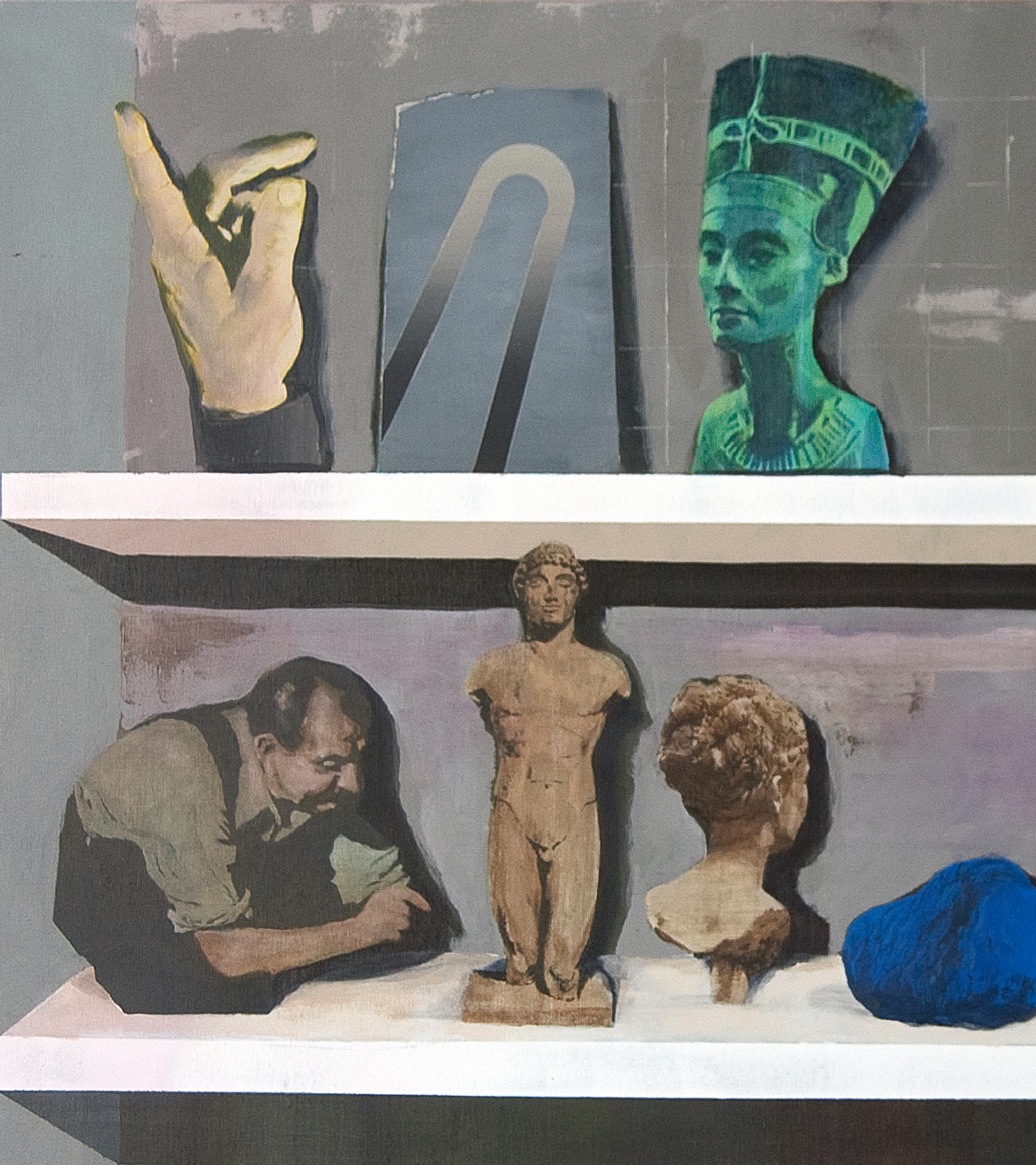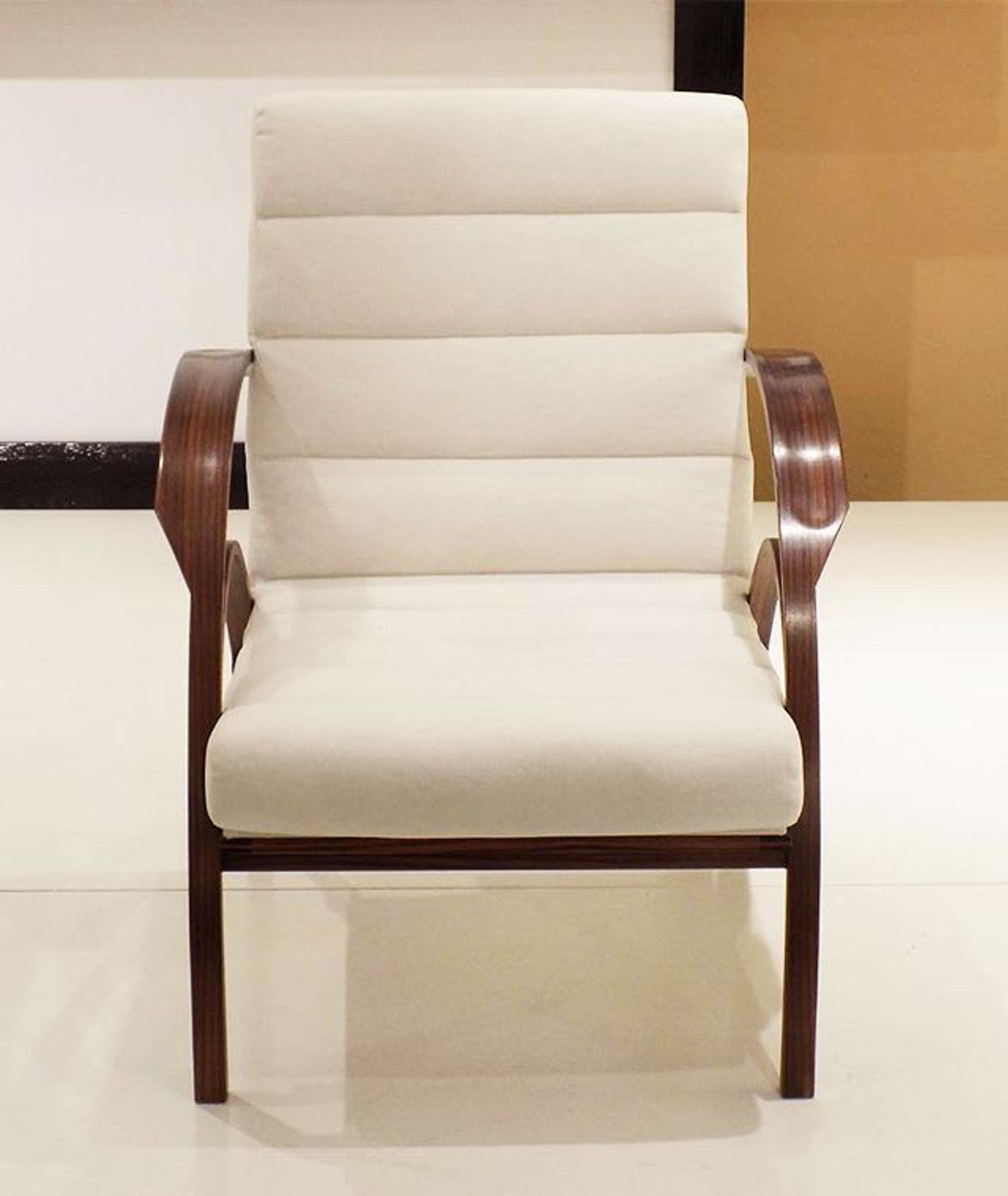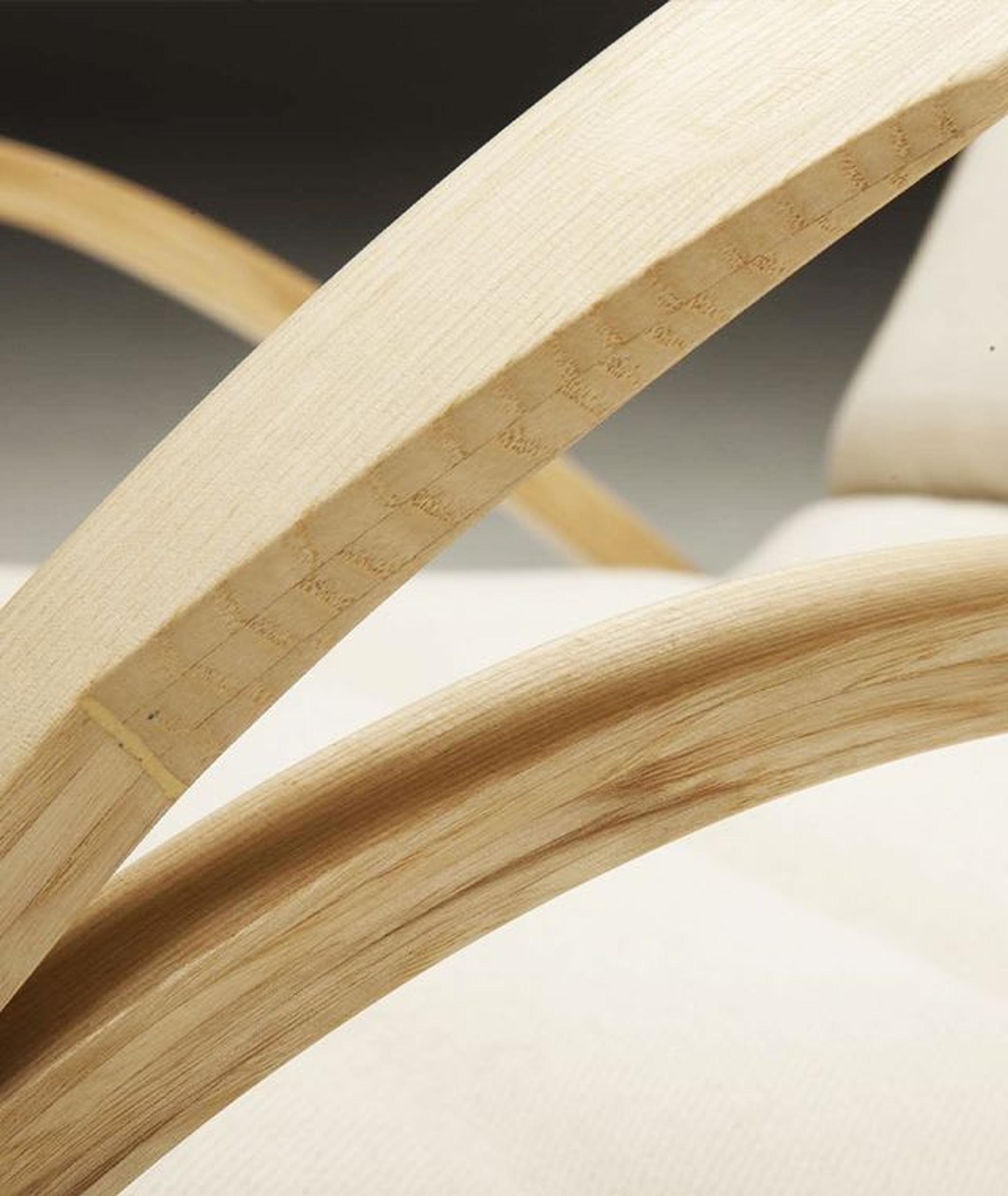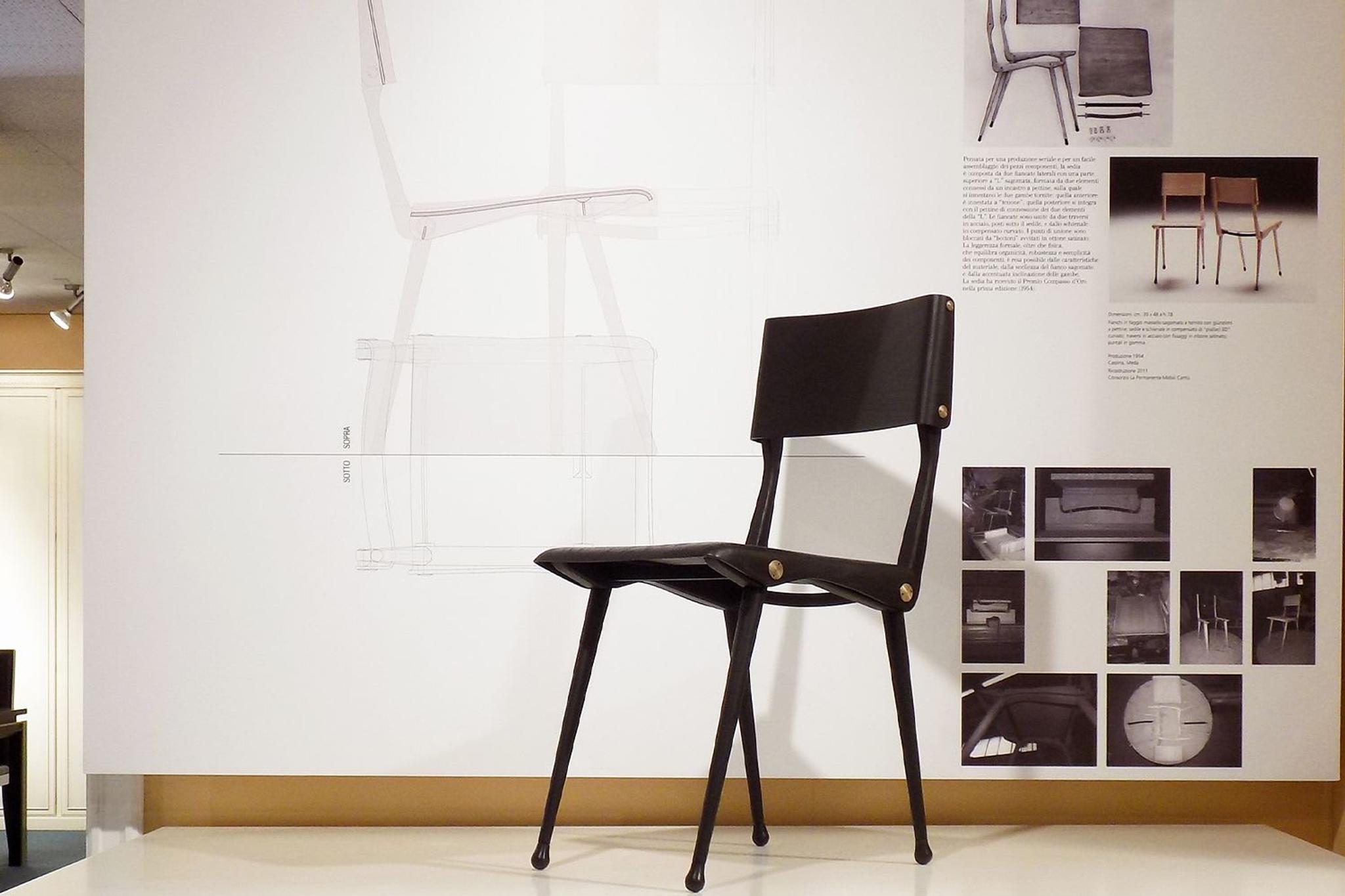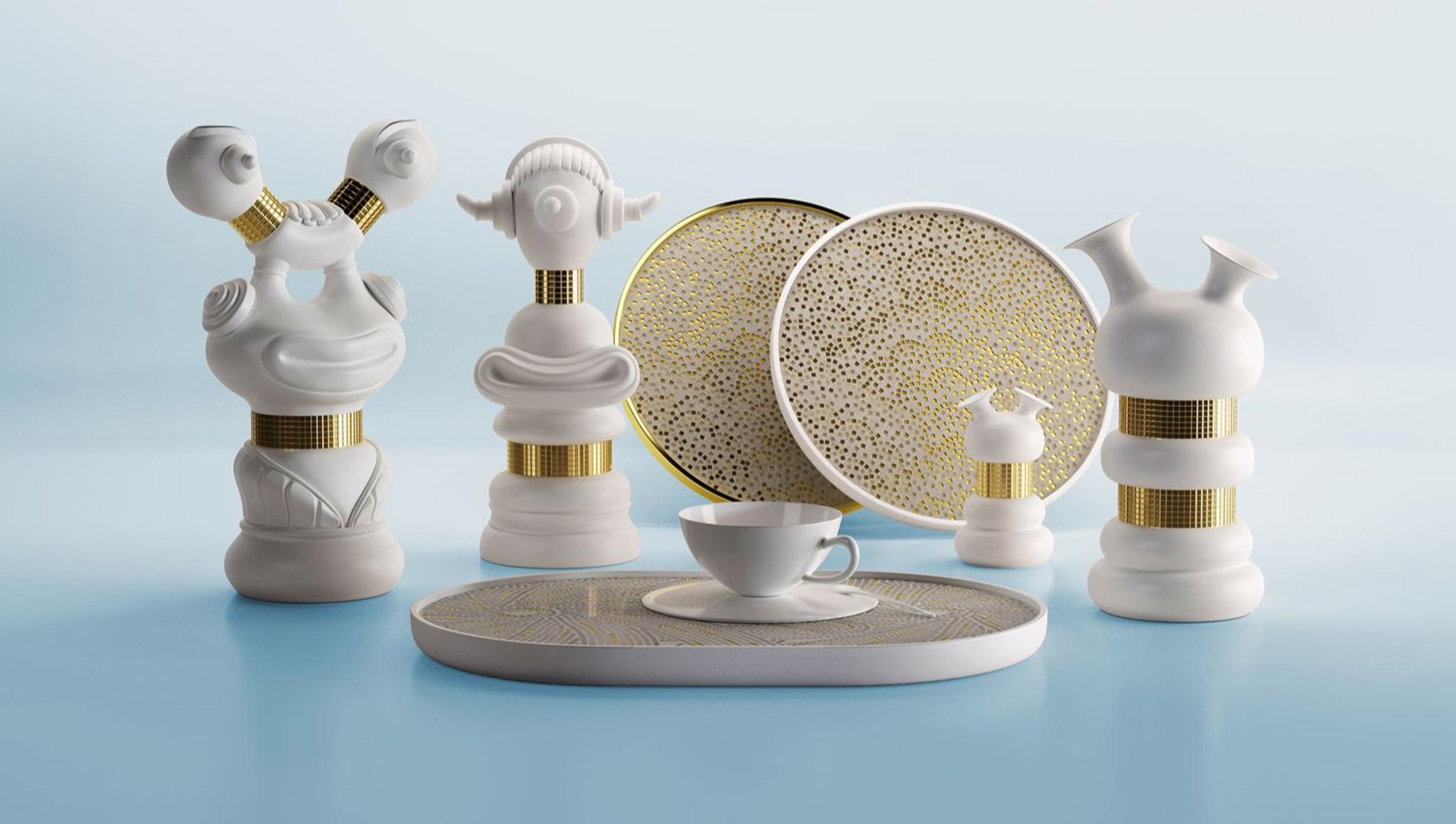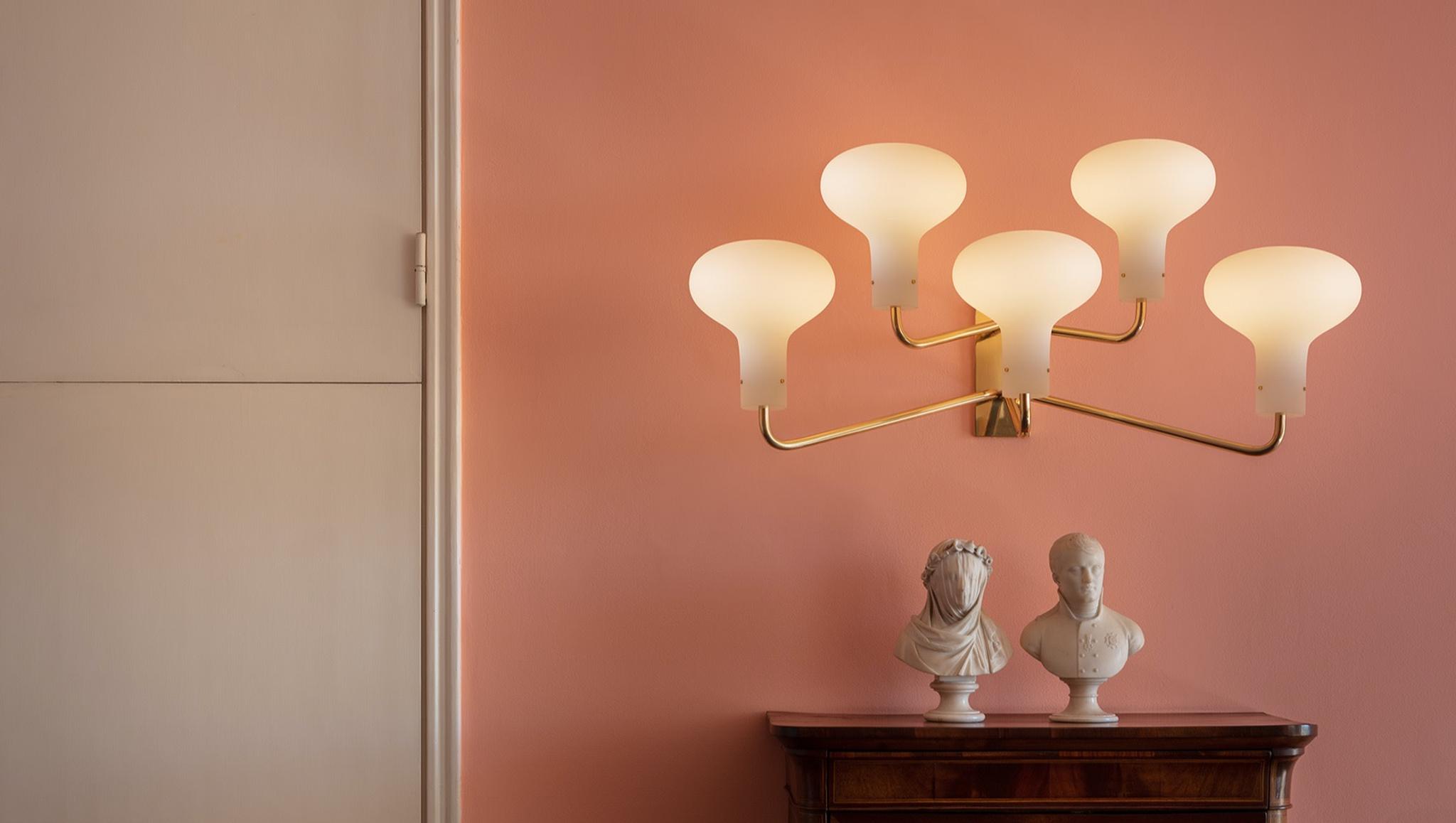
Design Icon: Carlo De Carli
Delve into the story of Carlo De Carli, an influential designer and architect who became one of the most prominent academic voices of the Modernism movement in Milan. Investigate his line of thought, which led him to become a renowned figure, shaping generations of architects and designers. From wooden armchairs to brass bed frames, discover the iconic furniture pieces he designed for La Permanente Mobili Cantù.
Carlo De Carli was born in Milan in 1910 from a family with ties to the Garda Lake, whose natural landscape and cultural history became a distinct influence in his vision later in life. After graduating in Architecture at the Politecnico di Milano in 1934, he joined Gio Ponti in his Milanese studio: this partnership deeply shaped De Carli's language as an architect and designer, and signified the beginning of his influential career.
De Carli concentrated the majority of his career in designing buildings from the postwar period in Italy to the late 1970s, continuosly creating a unique vision and interpretation of the industry: from the importance of artisanal production to the need of constant research, he became an illustrious professor and prominent essayest.
As an architect, De Carli's first important project dates back to 1947, when he designed the House for Offices and Homes in via dei Giardini 7 in Milan, in whose basement he will later build the unique Sant'Erasmo Theater after a few years with the collaboration of the architect Antonio Carminati. The subsequent series of Milanese buildings were conceived based on his peculiar vision of architecture that focused on the Primary Space.
The Primary Space follows the original principle of architecture of finding the meaning and welcoming of human life in every space. At first, the Primary Space has no physical properties or other formal determinations, and is focused on the attention to the "preciousness" of the human person, in a stringent relationship between architecture and ethics, architecture and politics, overcoming the simple functional utility.
This is reflected in his practice as a furniture designer as well, with each element being stripped of unnecessary details while mainating an essential yet beautiful figure, such as in the Golden Compass Chair in Natural and the Table with Glass Center in Walnut, both edited today by La Permanente Mobili Cantù.
What makes Carlo De Carli such an iconic figure in the architecture and design of the XX century is his being first and foremost an educator and professor, with an academic career that began in 1962 where he took the Architecture faculty chair at the Politecnico di Milano that once belonged to his colleague Gio Ponti. His continuous elaborations about theory, methodology, historical criticism and design are still studied today and remain incredibly contemporary, shaping new generations of architects and designers globally.
